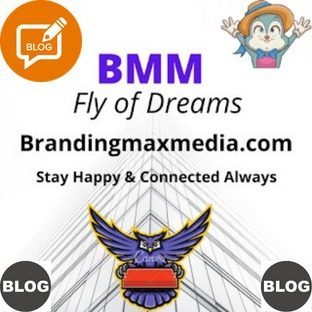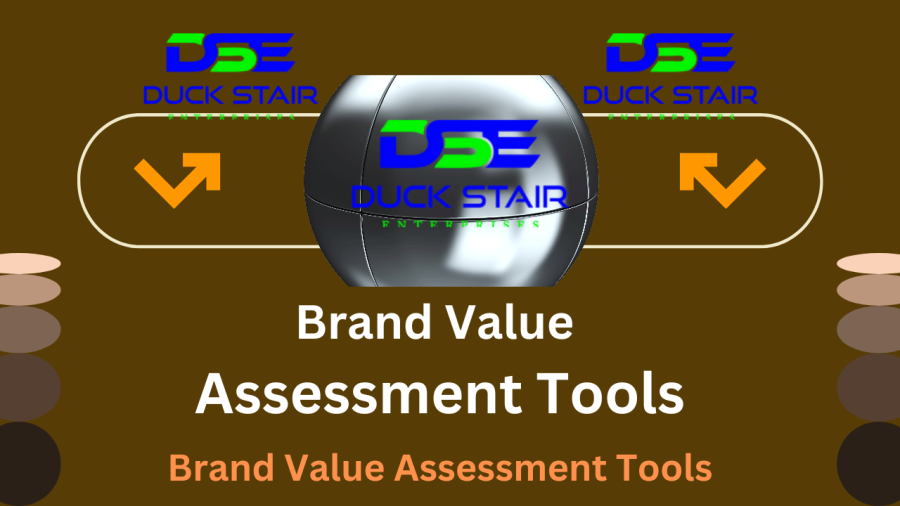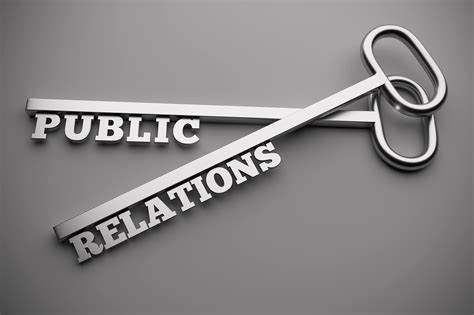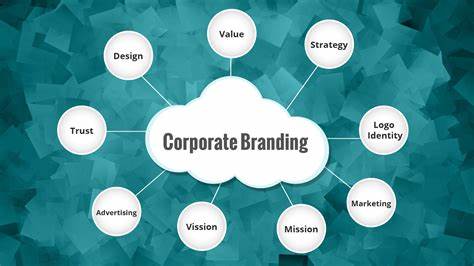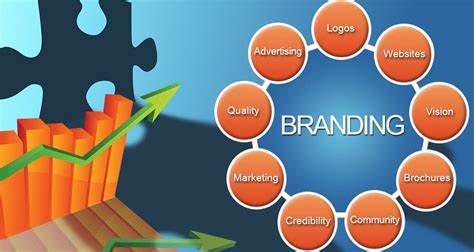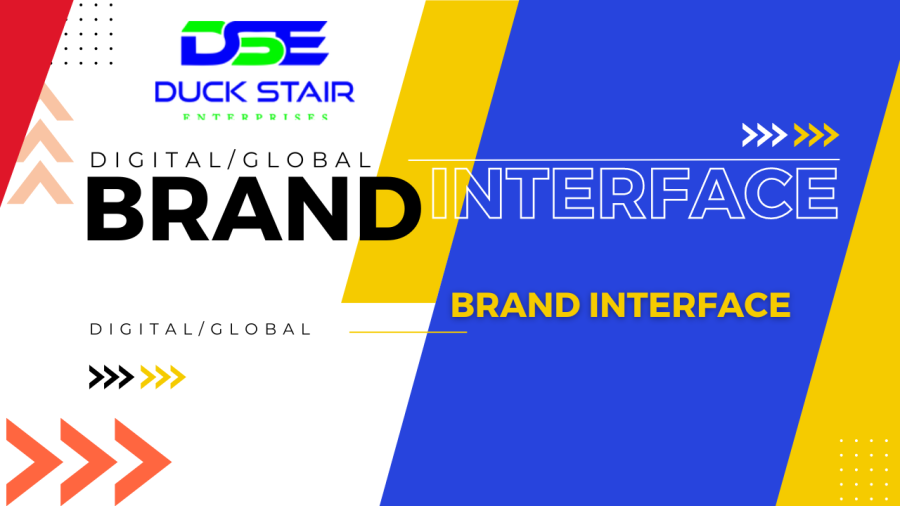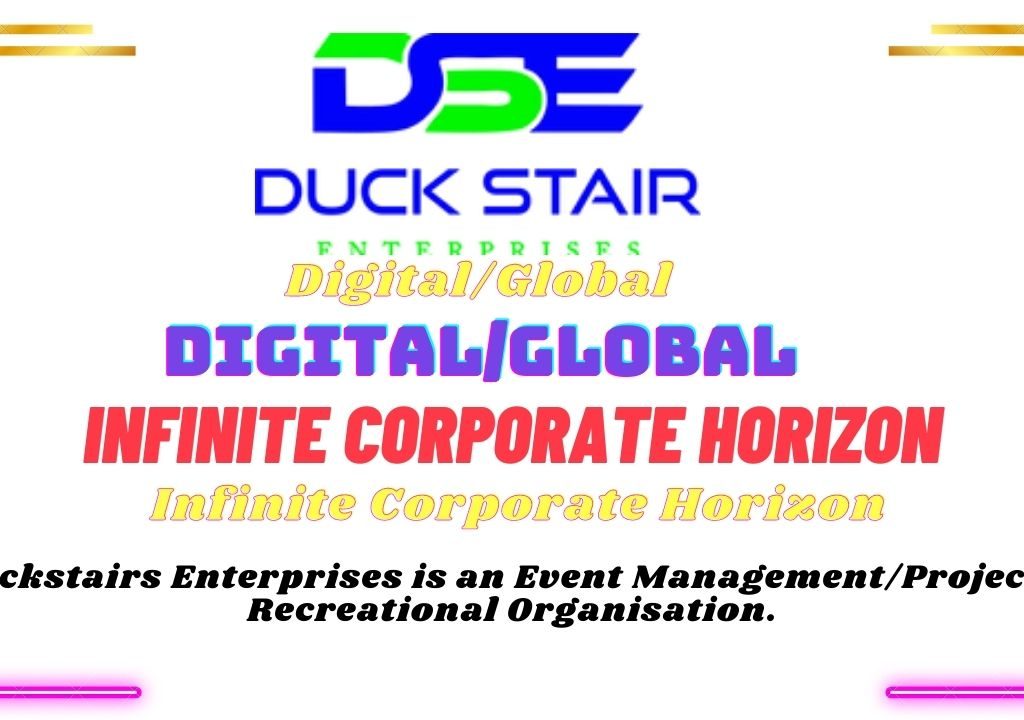Brand Value Assessment Tools
Brand esteem evaluation is vital for organisations to grasp the strength and worth of their image on the lookout. There are different instruments and procedures accessible to evaluate brand esteem.
Here are some commonly used ones:
Interbrand’s Best Global Brands:
Interbrand publishes an annual report ranking the top global brands based on various factors such as financial performance, brand strength, and influence on customer choice.
BrandZ:
BrandZ, by Kantar Millward Brown, also releases an annual report on the most valuable global brands. It combines financial data with consumer perceptions to evaluate brand value.
Forbes’ Most Valuable Brands:
Forbes regularly publishes lists of the most valuable brands, considering factors like revenue, earnings, and consumer perception.
Brand Finance:
Brand Finance provides brand valuation services and publishes an annual Global 500 report, ranking the world’s most valuable brands. They use a combination of financial analysis and consumer research.
YouGov BrandIndex:
YouGov BrandIndex measures brand health in real-time by tracking public perception through daily surveys. It provides insights into brand reputation, satisfaction, and other key metrics.
Brand Strength Index (BSI):
BSI is a measurement utilised by certain organisations to assess the general strength of a brand. It considers factors like piece of the pie, brand dedication, and buyer insight.
Net Promoter Score (NPS):
While not an immediate proportion of brand esteem, NPS is often used to measure consumer loyalty and devotion. Fulfilled clients are bound to add to a brand’s general worth.
Virtual Entertainment Investigation:
Devices like Brandwatch, Hootsuite, and Grow Social can assist with observing brand notices and opinion via virtual entertainment stages, giving experiences into brand discernment.
Client Studies and Criticism:
Leading studies and gathering client criticism straightforwardly can give important data about how clients see a brand.
Statistical surveying Firms:
Use administrations from statistical surveying firms like Nielsen, Ipsos, or GfK to assemble exhaustive information on brand execution, customer conduct, and market patterns.
Recollect that the selection of instruments relies upon the particular requirements and objectives of the business. Consolidating various devices and techniques can give a more all encompassing perspective on a brand’s worth.
